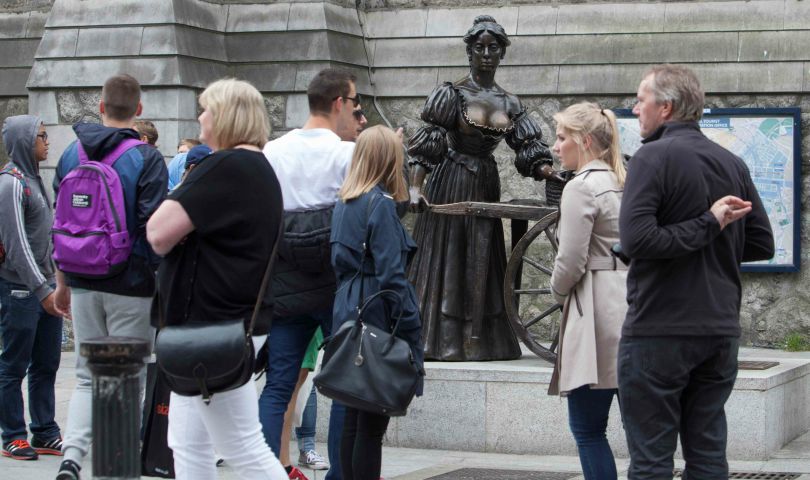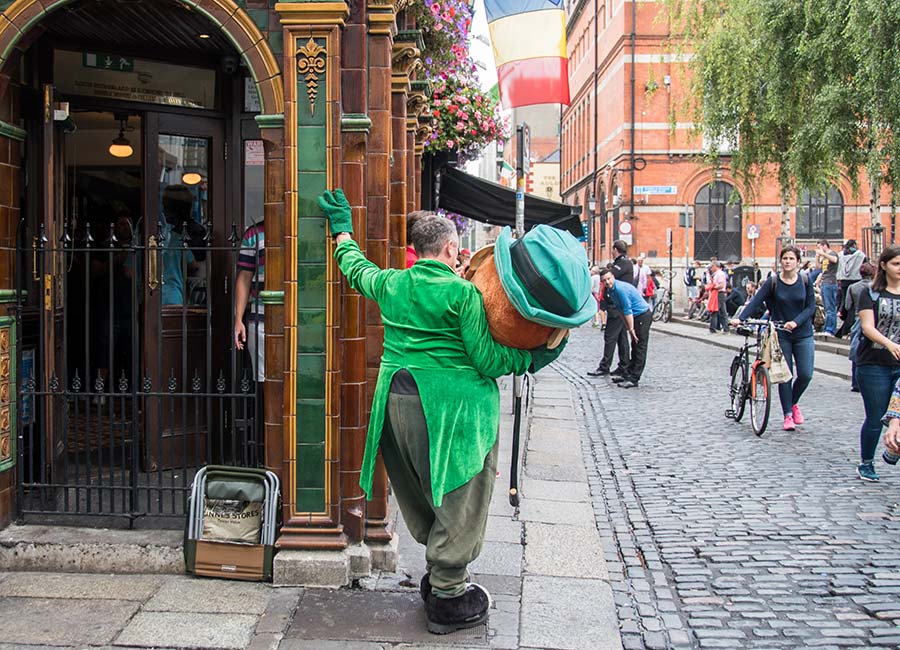A massive drop in hotel bookings from UK tourists has sparked fears among hoteliers for the industry, a new survey has revealed.
British people make up the largest single group of visitors to Ireland and there was a record 3.8million UK tourists in 2019, before Covid struck.
The industry launched a campaign yesterday to keep the tourist VAT rate at 9% and not see it return to 13.5%. The rate was cut during Covid to support the hospitality industry.
Irish Hotels Federation president Denyse Campbell, of the Maldron Hotel at Dublin Airport, said: "Bookings for the year ahead from the GB market are down compared to 2019 - that's the full 12 months we would be benchmarking against.
"GB would be our largest market and of course obviously their economic outlook is bleak at the moment, we can see that now.
"So our point is: now is not the time to add a further 50% on our current VAT rate. It's going to add more inflationary pressures to international visitors coming to Ireland."
British visitors have also suffered a large drop in the value of sterling since the Brexit vote passed in 2016. It has fallen from around €1.40 before the poll to around €1.15 now, a decrease in value of almost 18%.
Despite an uplift in tourism during the second half of 2022, hotel room occupancy remained significantly lower than pre-pandemic levels.
Average national room occupancy stood at 70% in 2022, compared with the 78% achieved in 2019.

"A full recovery to pre-Covid visitor numbers is not expected until 2026 with tourism businesses facing the risk of a softening in demand as a result of a slowdown in the global economy," the IHF report said.
Some 85% of hotels and guesthouses are "very concerned" about the impact of rising energy costs.
Many hotels have reported rises of 300% in energy bills compared with 2019. Hotels have also experienced unprecedented increases across their entire cost base over the past year, including average increases of 25% in the cost of food supplies, with beverage costs up 16%, linen and laundry costs rising by over 30% and insurance costs up 18%.








